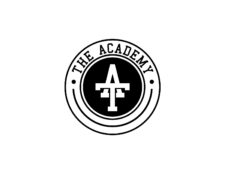Movement Patterns are essentially a way to classify exercises. When Strength and Conditioning coaches are working with athletes, it should be a top priority to establish what movement patterns are crucial to the success of that specific athlete. For example, a rowing athlete performs horizontal pulling throughout the entire duration of the sport, so we definitely need to strengthen that movement and make it more efficient! Most sports need to train all of these movement patterns, but usually athletes will perform some movements more than others in their sport.
Multiple ways are used to classify movements, but in my experience, using these 6 categories is the simplest to understand for both the athlete and the coach, while also covering a majority of movements. I can make this list with 20+ categories if I were to add anti-flexion, anti-extension, etc. However, for the sake of simplicity, this is my favorite method.
- Vertical Push
- Vertical Pull
- Horizontal Push
- Horizontal Pull
- Knee Dominant
- Hip Dominant
- Rotational
- Vertical Push: Overhead Press, Push Press
2. Vertical Pull: Pull-ups, Lat Pulldown
3. Horizontal Push: Bench Press, Push Ups
4. Horizontal Pull: Inverted Row, Bent Over Row
5. Knee Dominant: Split Squats, Front Squat
6. Hip Dominant: Kettlebell Swing, Glute Bridge, Back Squat
7. Rotational: Medicine Ball Throws, Russian Twist, Cable Rotations
Please keep in mind, that these are all movements that we focus on with weight training. This list is not including athletic movements like jumping, sprinting, shuffling, etc.

